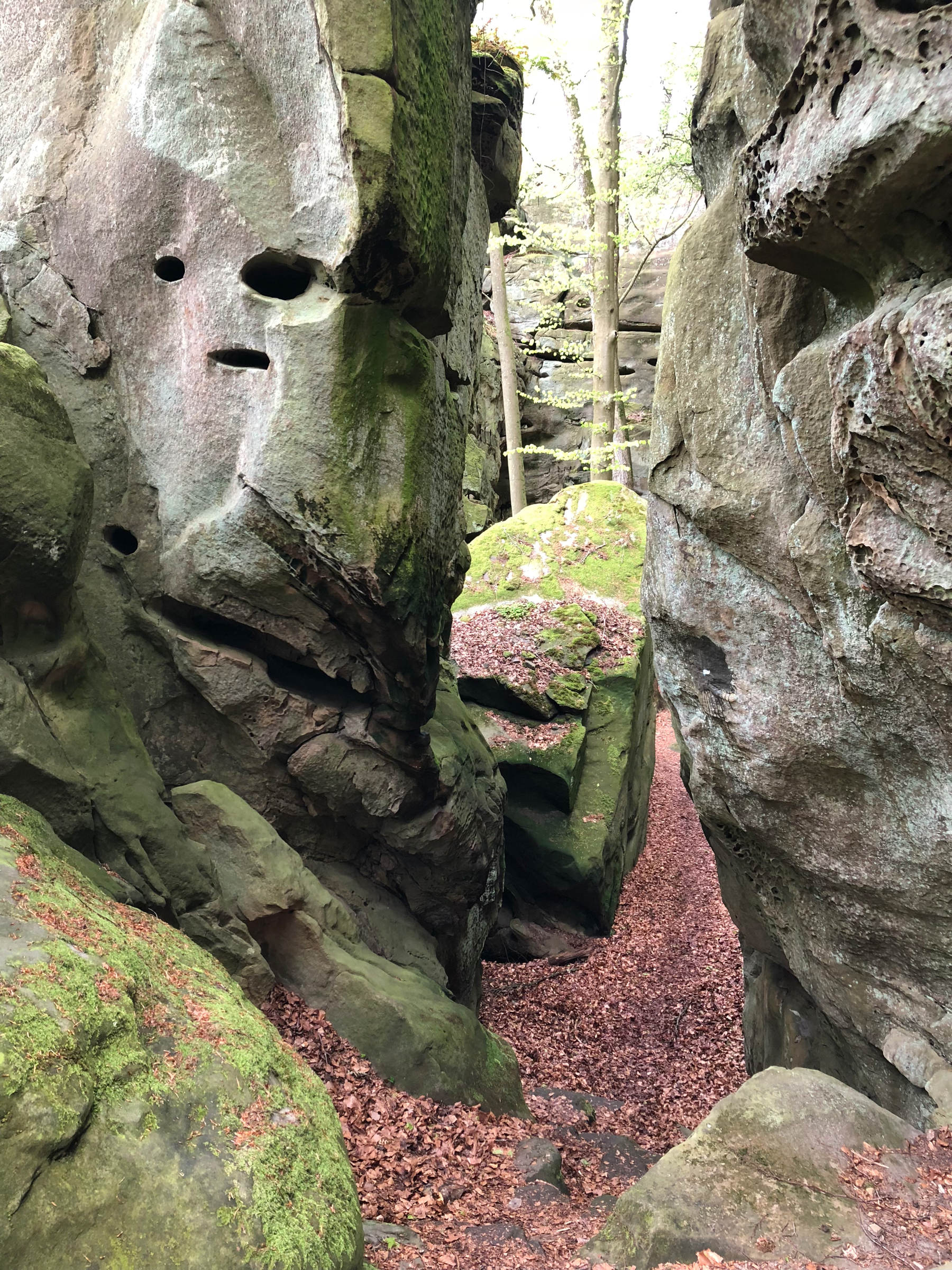
As I wrap up my postings on Luxembourg, the last stop on my Benelux sojourn, a hike along the Müllerthal Trail will be the perfect activity to reflect upon this foray into Western Europe and how my expectations of its three capitals were both exceeded and subverted.
Buses to Echternach, the starting point of the trail, run hourly from the depot next to the main train station in Luxembourg City. The journey takes about an hour, and with all public transportation in the Grand Duchy being completely free, it won’t cost you a cent to visit. I advise taking one of the earlier daily buses so you can arrive in Echternach, pick up a map and some sustenance, and be out on the trail by 9/9:30. The Müllerthal Trail is 112km (70 miles) long, so it’s not like you could hike it all in one day anyway, but you can easily fit in a 15-20km loop and be back in the capital by nightfall if you plan accordingly.
The trail is broken up into three main routes: Route 1 (36km), Route 2 (38km) and Route 3 (38km). There are “extra tours” you can tack on each route and dozens of sub-routes and loops within the various routes. Don’t stress about which way to go; one path might eschew all the waterfalls while another will cause you to bypass the medieval castles. Simply make the most of whichever path you choose and focus on what you did experience rather than what you missed. (Metaphor for life, anyone?)
Echternach
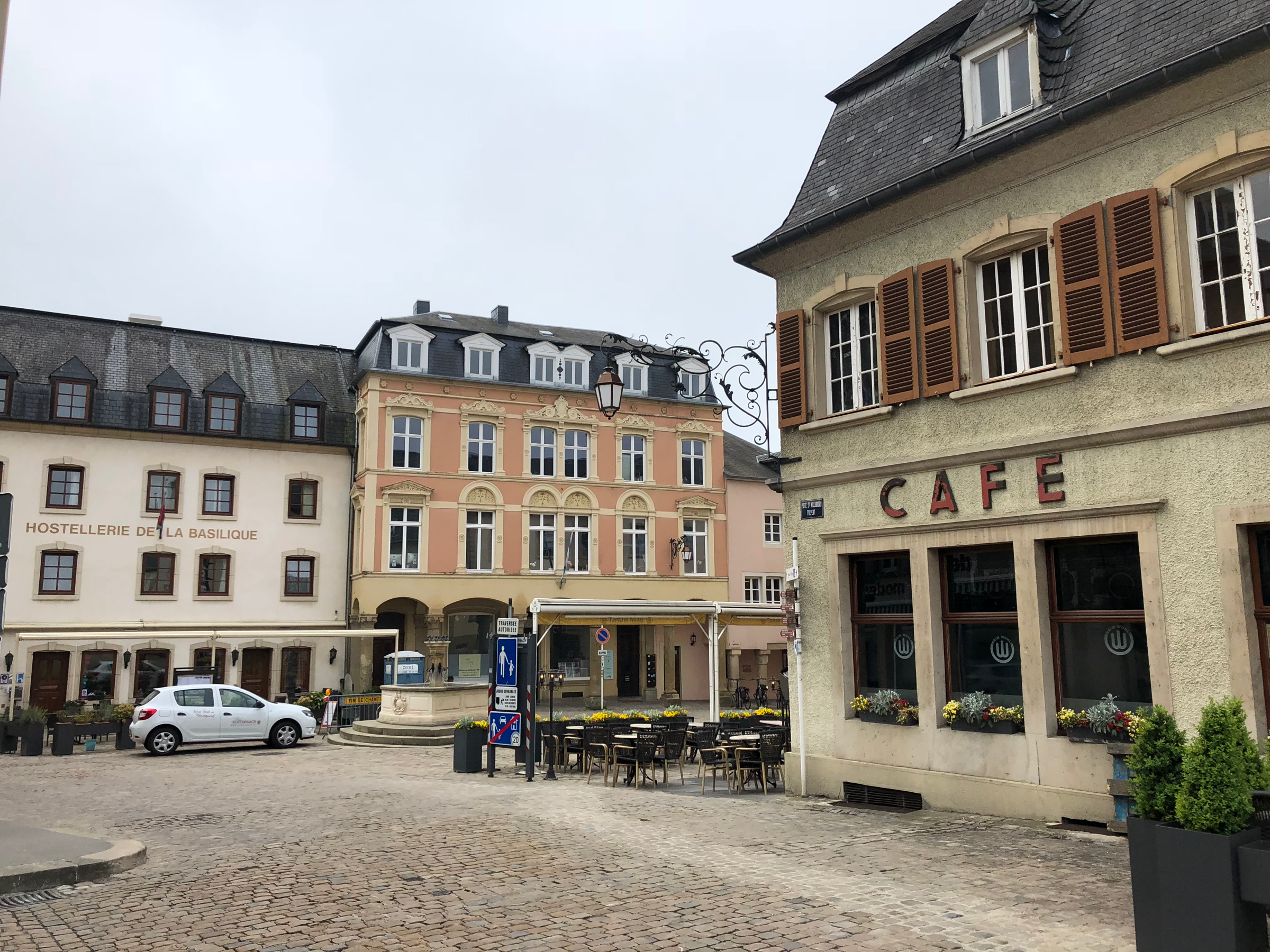
When the Abbey of Echternach was founded in 698, it put this small town on the map as the oldest surviving city in present-day Luxembourg. Right on the German border, this quiet municipality, just shy of 6000 people, is a real charmer; old-world cafes, cobblestone streets and soaring Gothic steeples saturate the city without all the touristy claptrap that sully more well-visited “Old Towns” across the continent. There are plenty of bakeries around the Place du marché, Echternach’s central square, where you can pick up some sandwiches and snacks for your hike. Don’t forget to bring plenty of water for the trek as well.
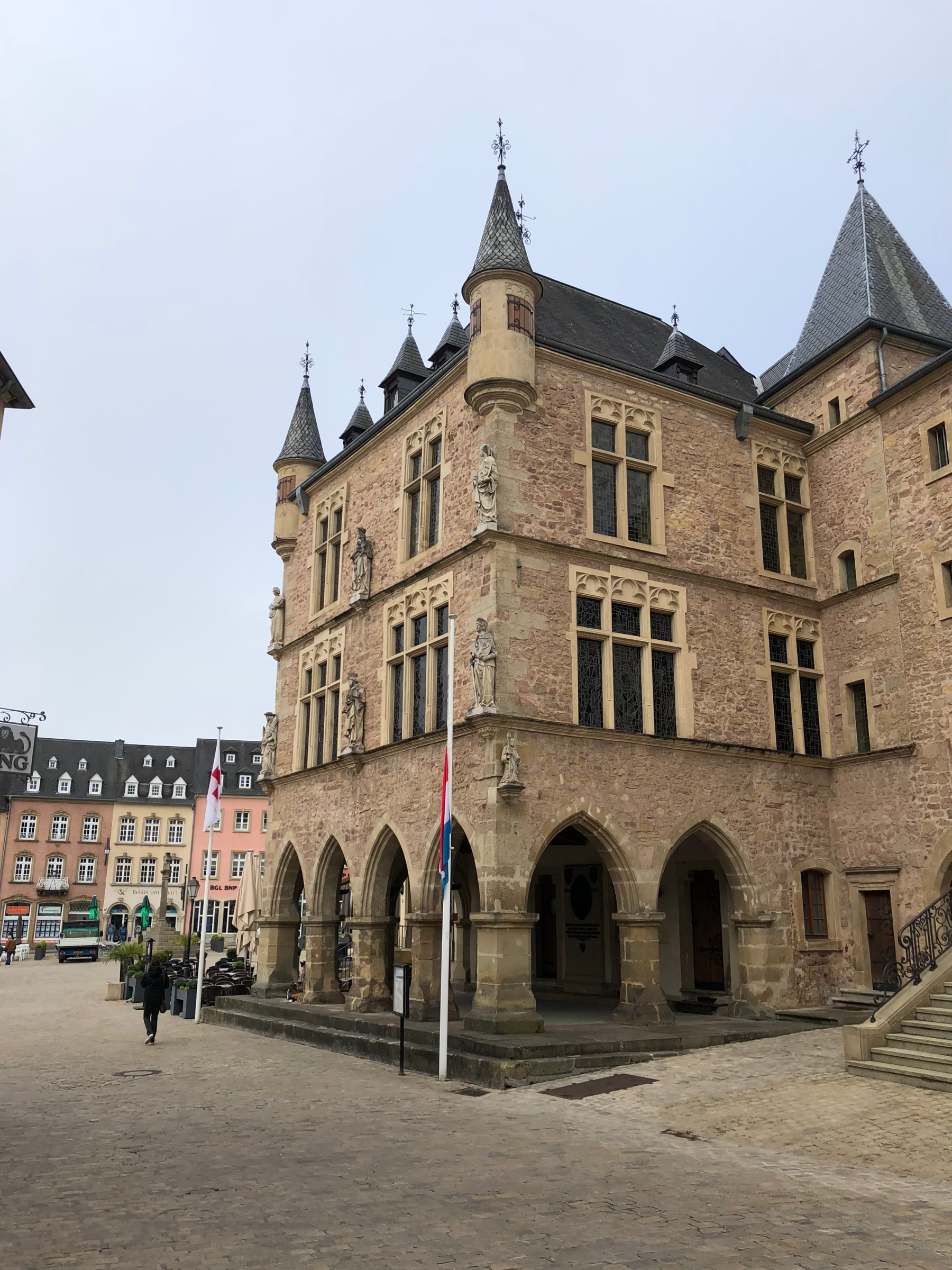
I didn’t spend much time exploring Echternach, but it is worth pausing for a moment to admire Dënzelt, the old courthouse that was built in 1444 and has weathered several fires and two rounds of bombings by the Germans in both World Wars. Carefully refurbished according to its original specifications, the Dënzelt‘s longevity is a testament to Echternach’s adherence to the past rather than looking to modernize and evolve.
Given Echternach’s proximity to Germany, it’s not surprising that it’s residents are more likely to speak to you in German than French, but unlike in the capital or Troisvierges to the north, people in this easterly region would much rather converse with you in Luxembourgish than either of Luxembourg’s other two official languages (let alone English!). Greeting people with a friendly “Moien,” rather than “Bonjour” or “Guten Tag,” will certainly put a smile on someone’s face, even if you have to immediately switch over to another language. Ending an exchange with “Schéinen Dag nach,” (Have a nice day) will always be appreciated; you’ll be immediately forgiven for butchering any Luxembourgish/French/German pronunciations by making these few, small efforts.
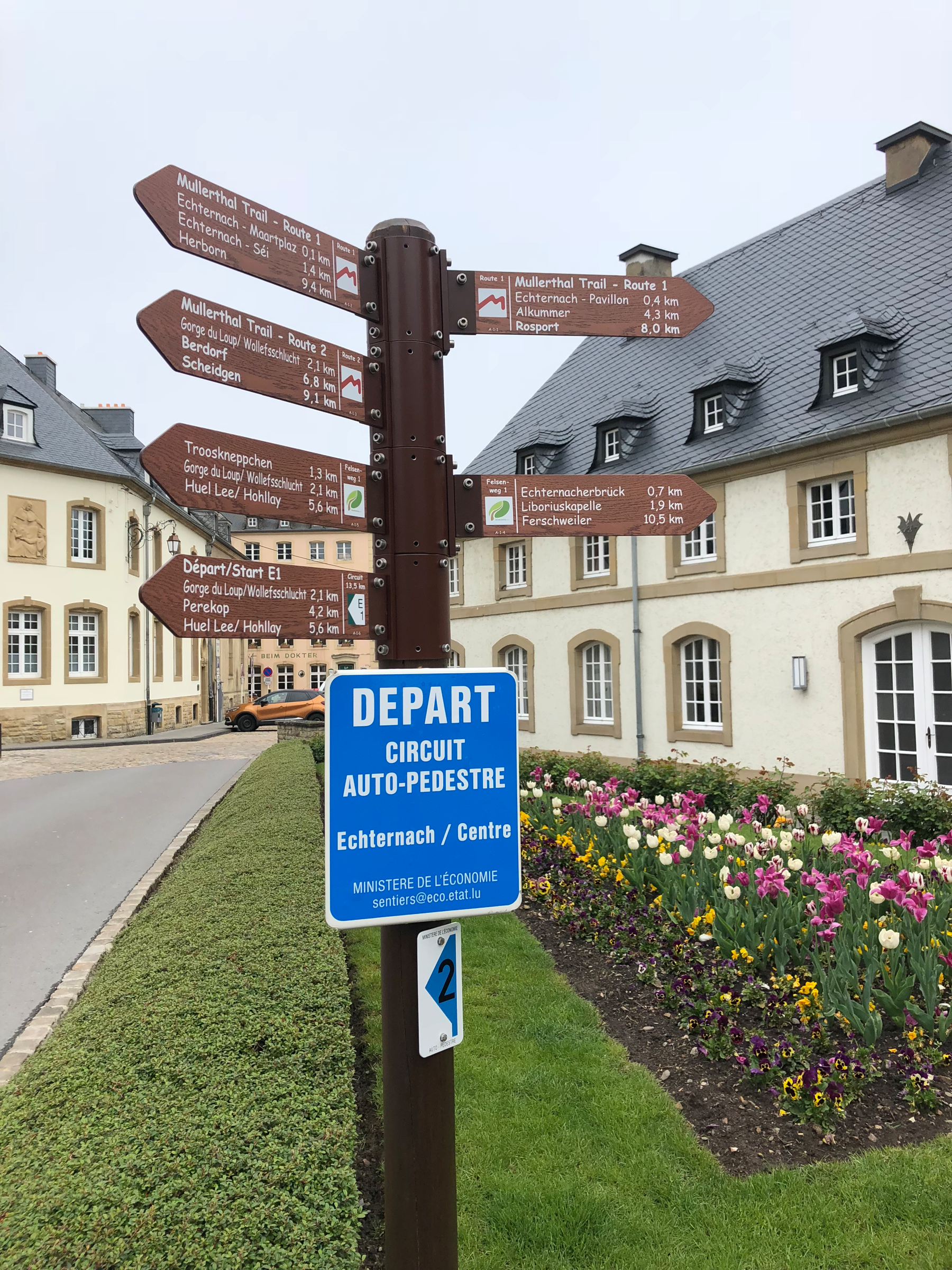
Google maps is usually one of my go-to aids when traveling, and while some of the highlights along the trail are individually marked on the app’s map, the actual trail itself is not. Given the trail’s length and all the mini loops that rest within it, you will need to go old school and pick up an actual paper, folded-up map from the Tourist Info Center before embarking on your hike. The people who work at the center are quite friendly and know the trail inside and out. They can help you plan any route, whether you want to hike for one or two days or leisurely spend an entire week seeing everything from A to Z. I wanted to push myself as much as possible and lined up an ambitious, but manageable 20km (12.5 mile) route that I was told would be entirely feasible to complete in a day while still allowing me to enjoy the surround nature.
Wollefsschlucht/Gorge du Loup
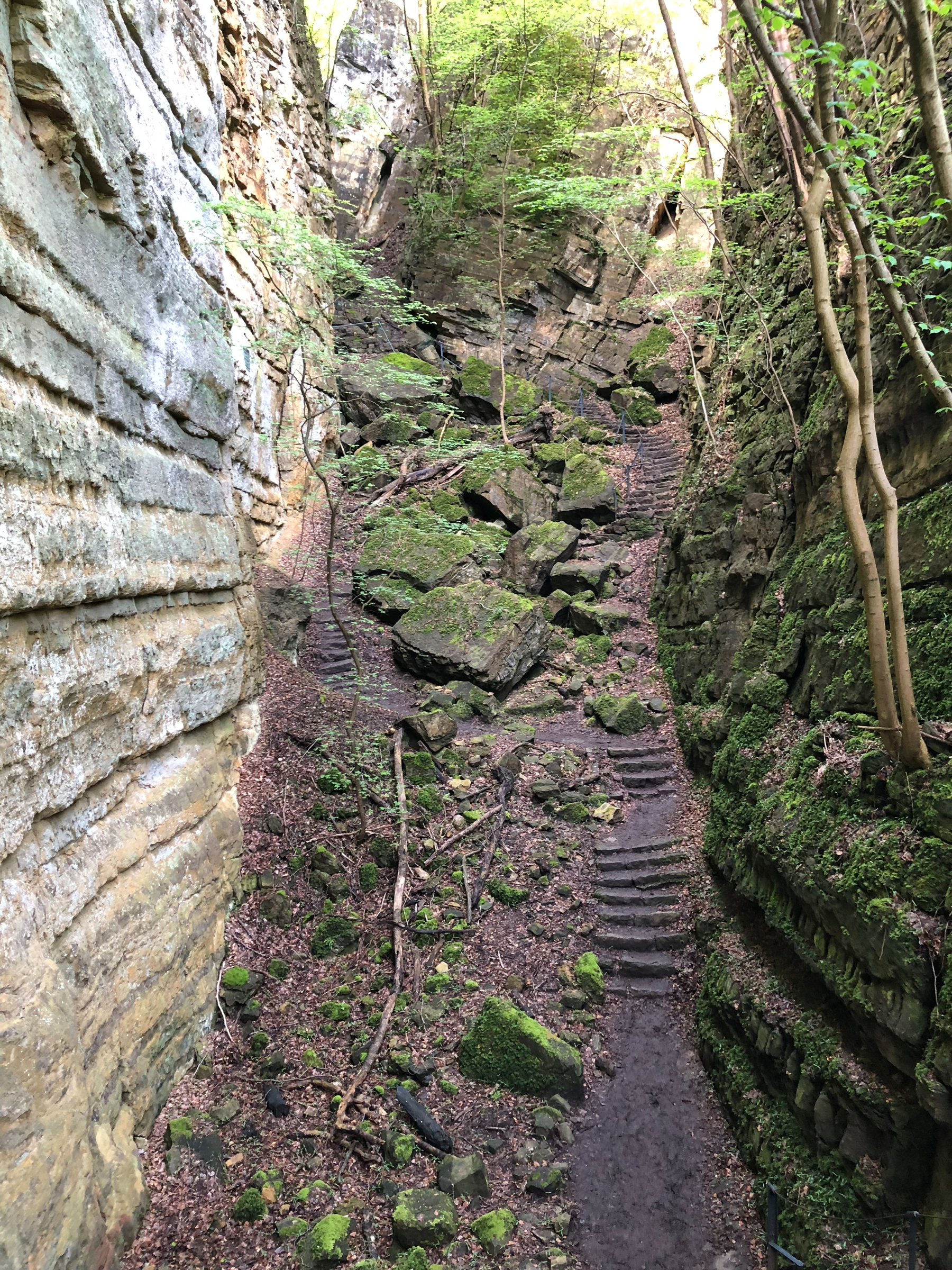
One of the first major pit stops along Route 2 of the Müllerthal Trail, the section I had opted to explore, is Wollefsschlucht (Wolf Canyon), named for the pack of wild wolves who used to call the area home. The gorge was formed as water slowly seeped down through the striated layers of sandstone until pieces broke off, creating a chasm in the aftermath.
Interestingly, the canyon has only been known as Wollefsschlucht since 1881; before that time the people of Echternach called it Däiwelsschoart (Devil’s Loophole), after a legend about a Count who loved gold and silver so much that he had been willing to be turned into a dog with sparkling eyes after signing a deal with the Devil for all the riches in the area. The Count hid in a crevice of the gorge, and as the tale went, if you threw a rosary at the dog, you would not only restore the Count to his human form, but also be rewarded with his treasure. One day, two boys from Echternach claimed they saw the dog with the sparkling eyes, but neither child had a rosary on him. By the time they returned from the village with the beads, the dog had disappeared, never to be seen again.
Labyrinth
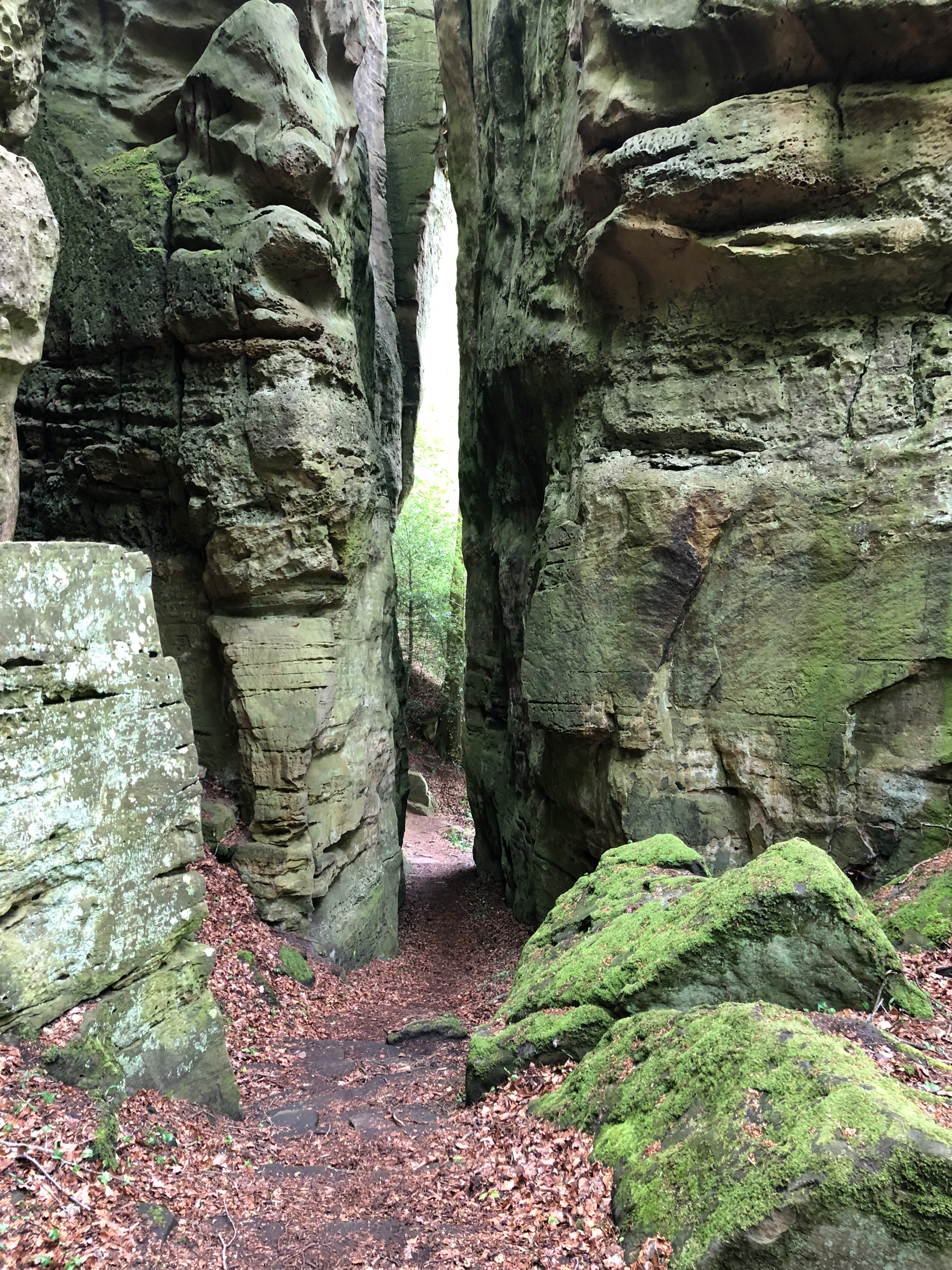
A few kilometers past the Wollefsschlucht waits the Labyrinth to be explored. The maze of moss-covered rocks and narrow passages is a nice, cool place to catch a breather. Considering what a bad rap Luxembourg receives for being an expensive destination, my only expense during this entire day trip was the food I purchased before my hike. The same can be said for my other journey up north to Troisvierges as well. If you insist on staying at five-star hotels and eating at fancy restaurants, then yes, Luxembourg will break your bank, but the same could be said if you engage in these activities in any city. Don’t let naysayers dissuade you from visiting the Grand Duchy because of price. Just be resourceful, buy a Luxembourg Card and take advantage of as many free offerings as possible.
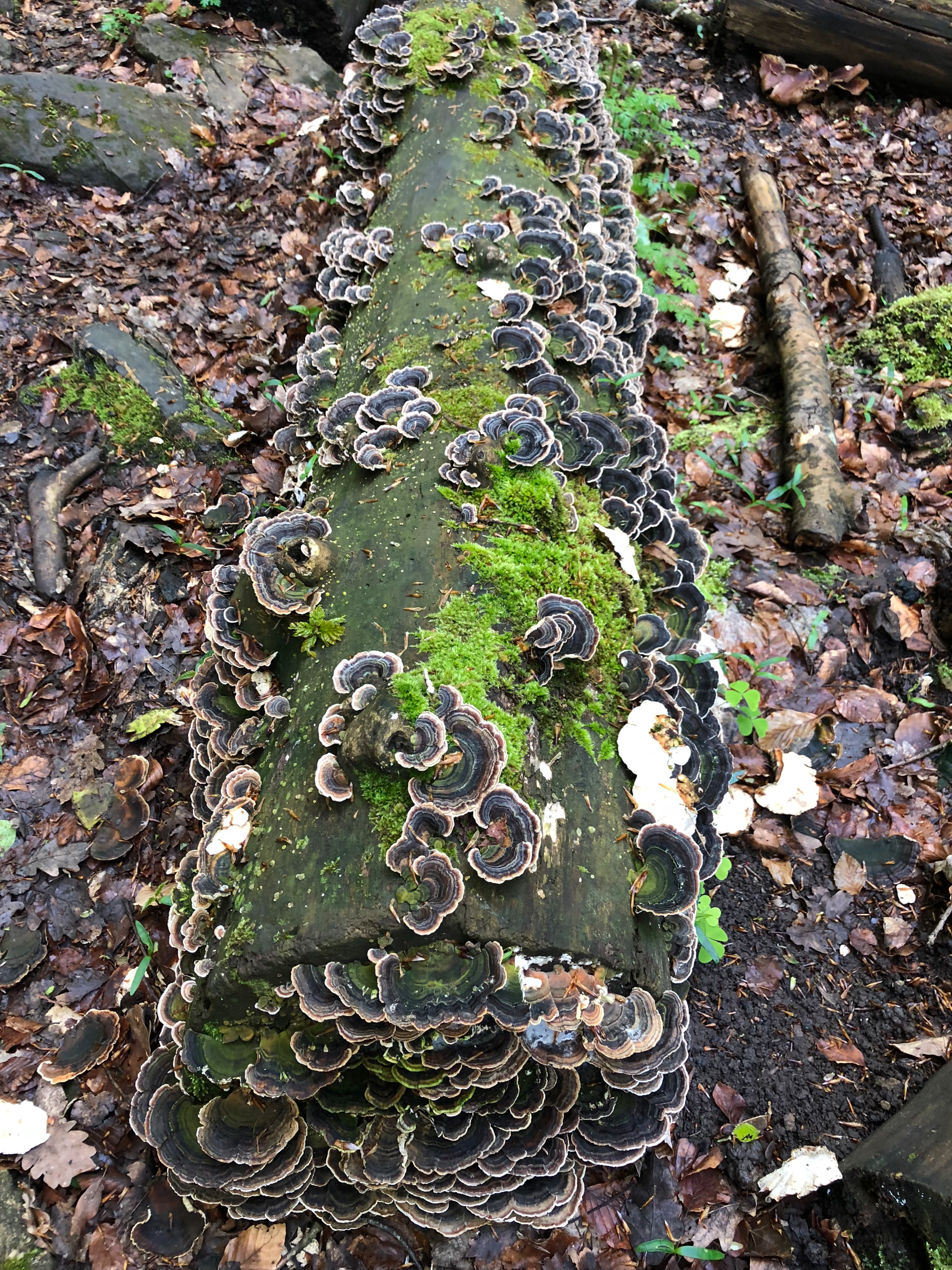
I crossed paths with other hikers from quite a few other countries along the trail. According to my journal, I met a Belgian couple, a family of five from Germany, two Swedish sisters, another solo backpacker from Peru (!) and a middle-aged pair from Echternach who helped finesse my pronunciation of “Moien” from the embarrassing to the acceptable. (It’s moy-en!)
This is all a helpful reminder of what an international destination Luxembourg is. Not only does the capital have a large population of immigrants from all over the world due to the booming banking industry, but the Grand Duchy sits at the cultural nexus of so many dominant Western European powers. Despite all that, Luxembourg manages to retain its own specific flavor, amplified even more strongly out here in the smaller towns and villages. Luxembourg’s National Motto, “Mir wëlle bleiwe wat mir sinn,” (We want to stay what we are) very much rings true as everyone I encountered happily embraced visitors and their cultures while wanting to retain their own.
Kleng Lëtzebuerger Schwäiz/Petite Suisse Luxembourgeoise/Kleine Luxemburger Schweiz
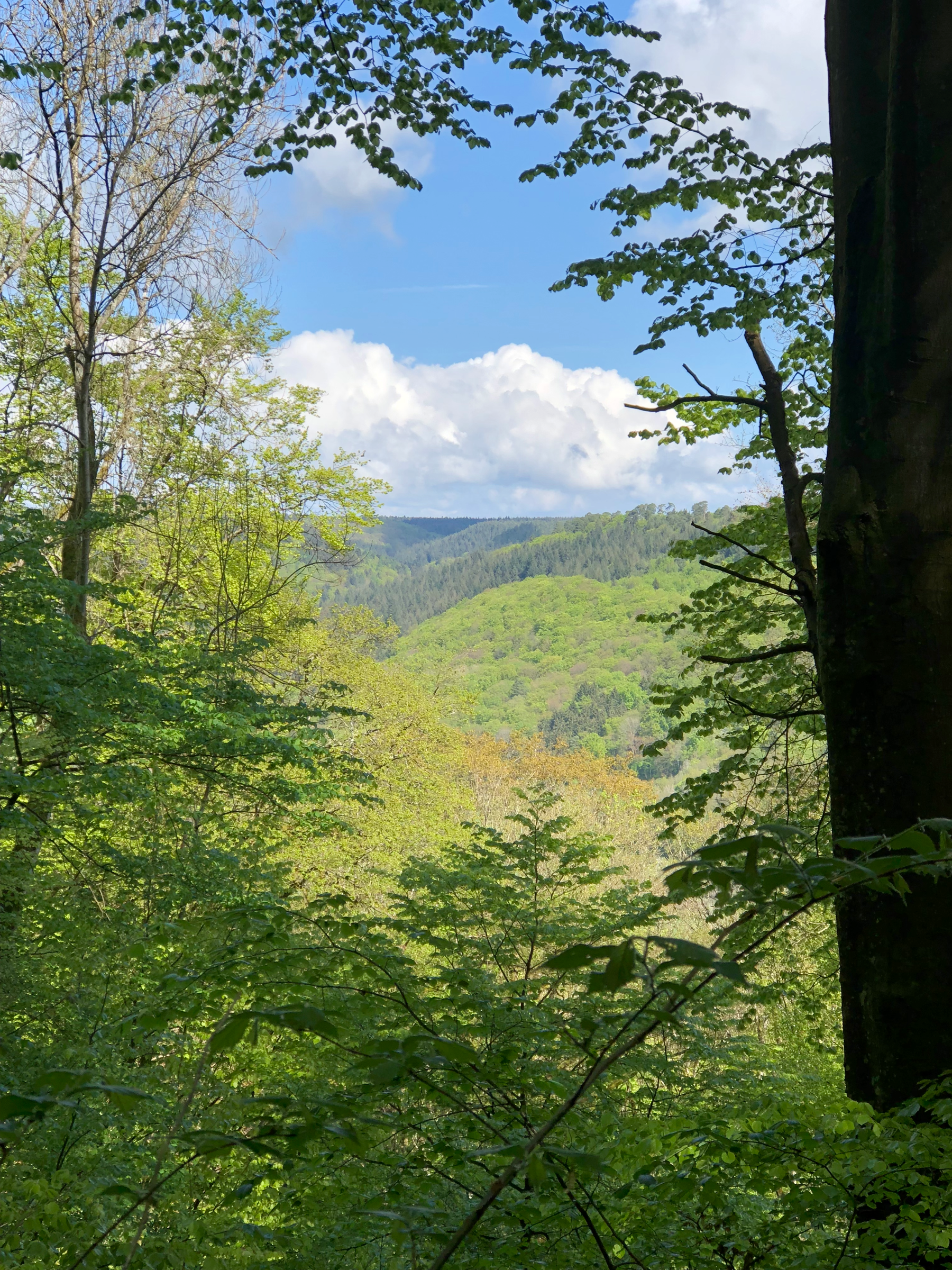
This region‘s nickname of “Little Switzerland” is a bit of a misnomer. Despite encompassing several rolling hills, the trail doesn’t take you to any great (literal) heights- Luxembourg’s highest peak isn’t even located here- but the craggy rocks, forest streams and the occasional waterfall were enough to remind early visitors of the Swiss landscape and somehow the name stuck. The tourism office seems to have endeared itself to the branding, but if you come expecting to see the Swiss Alps, you have another thing coming.
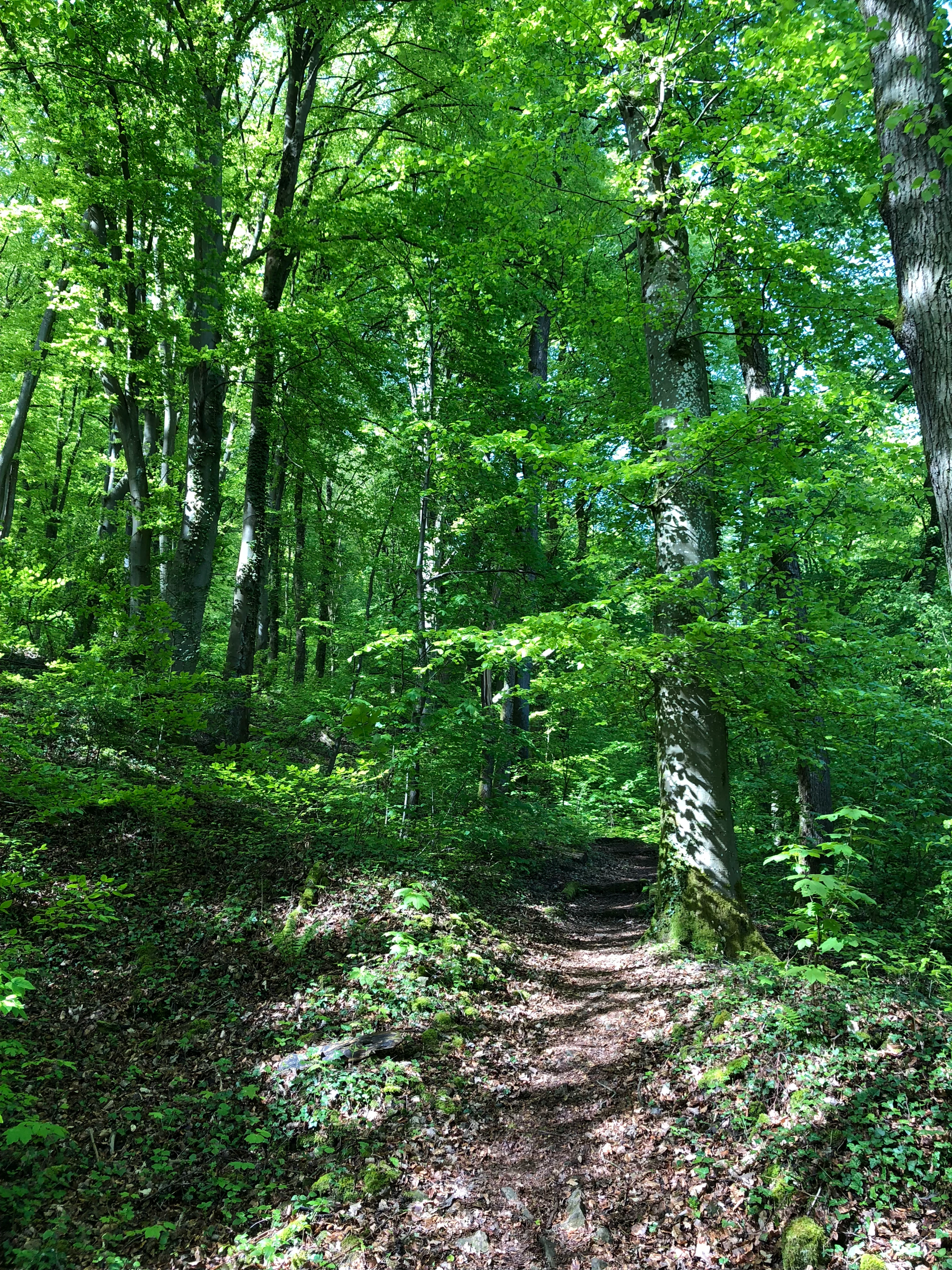
That’s not to say that you won’t find a gorgeous landscape all its own in “Little Switzerland.” (Incidentally, has anyone ever traveled to Switzerland and said, “Wow, this is just like Big Luxembourg?”) The forests are lush and green, occasionally giving way to open fields or beguiling sandstone formations. The portion of the trail I hiked wasn’t overly strenuous, but it did have its fair share of sloping inclines and stair-lined descents. The Müllerthal Trail is more about being out in Luxembourg’s finely-preserved nature than scaling the Matterhorn.
Huel Lee/Hohllay

The Huel Lee, which means “hollow stone,” is one of the few man-made caves found along the trail. Close to the village of Berdorf, the large, exposed slabs of sandstone were perfect from creating millstones used by the granaries in town. (For centuries, the Berdorf mills supplied much of the grain sold and traded in the region.) Millstones were extracted throughout the Middle Ages, creating the series of caves that you see above. Today the area has been turned into an amphitheater and local theater productions are held here throughout the summer months.
Berdorf/Bäerdref
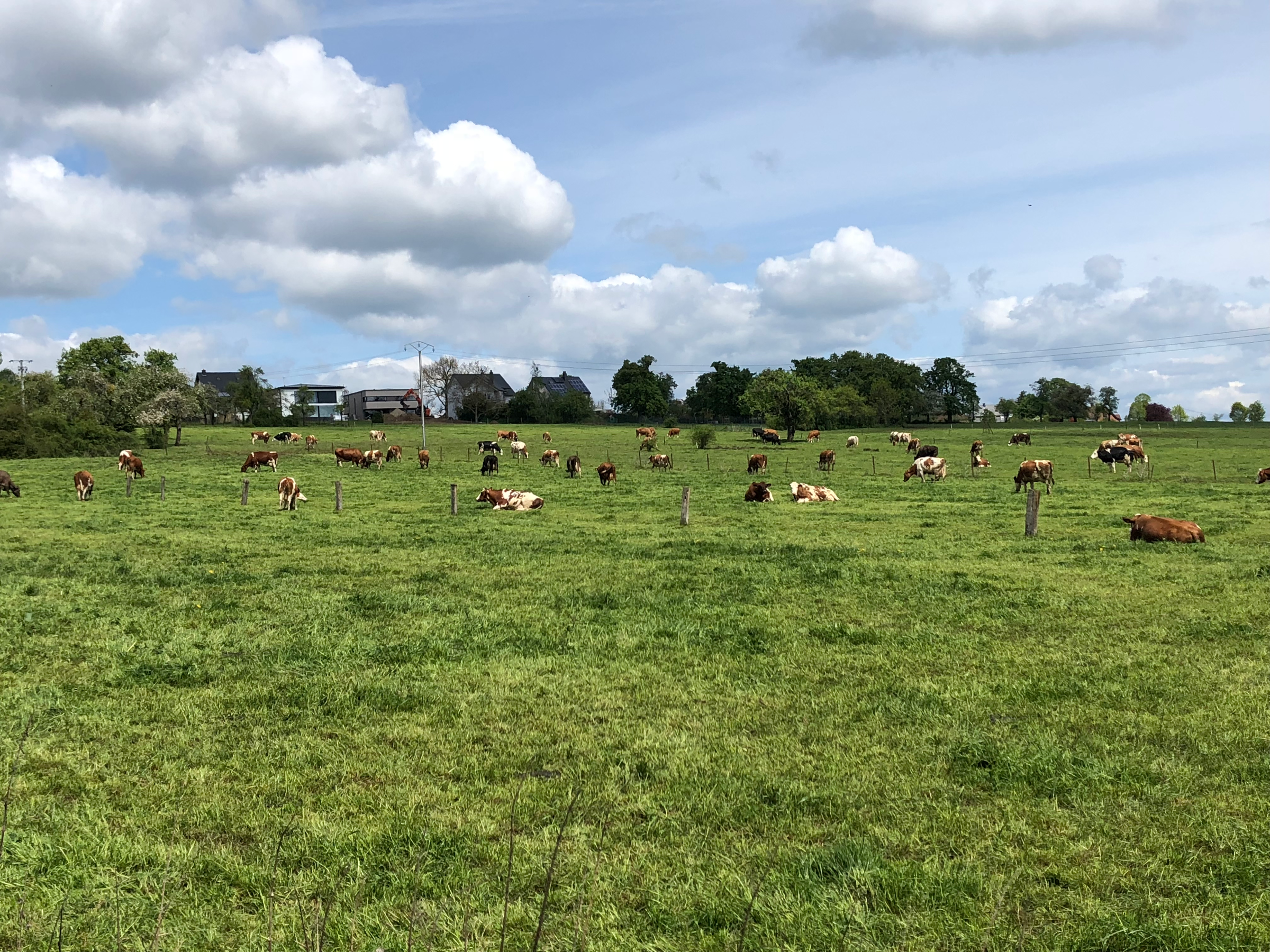
One nice aspect of the trail is that it’s not simply 112km of woods, rocks and forest streams. The various Müllerthal loops weave you in and out of the region’s small villages and take you past centuries-old monasteries, castles and even some Roman ruins.
These are dairy cows that you see above, and if you haven’t guessed it yet, Berdorf claims to produce the finest cheeses in the entire Grand Duchy. Make sure you stop at the Haff Schmalen-Brouwer/Fromagerie Schmalen right in the center of town. In addition to sampling a couple wedges of cheese, don’t forget to indulge a scoop of their small-batch ice creams too!
Detour to Consdorf
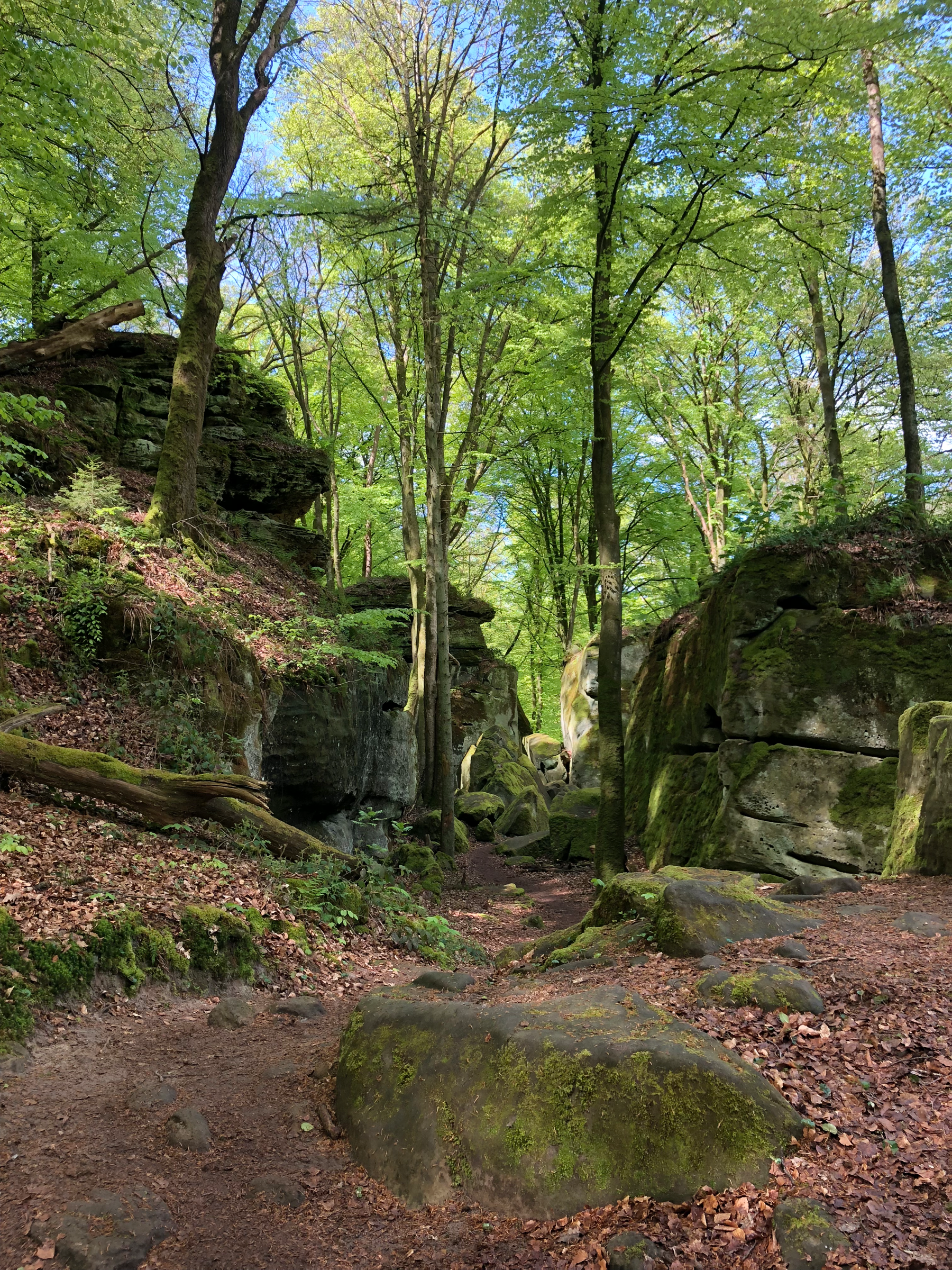
Part of the trail had been damaged due to heavy rains the week before I arrived, forcing me to hike an alternate route down to Consdorf before heading back to Echternach, where I would catch a bus back home. This less-trod path through the Aesbach Valley turned out to be one of the best parts of my day. I passed through the Heringerburg castle ruins, moseyed beside the Black Ernz River and marveled at the eroded sandstone of the Buddelerkummer rock formations. (I think I’m kind of in love with all these Luxembourgish words!)
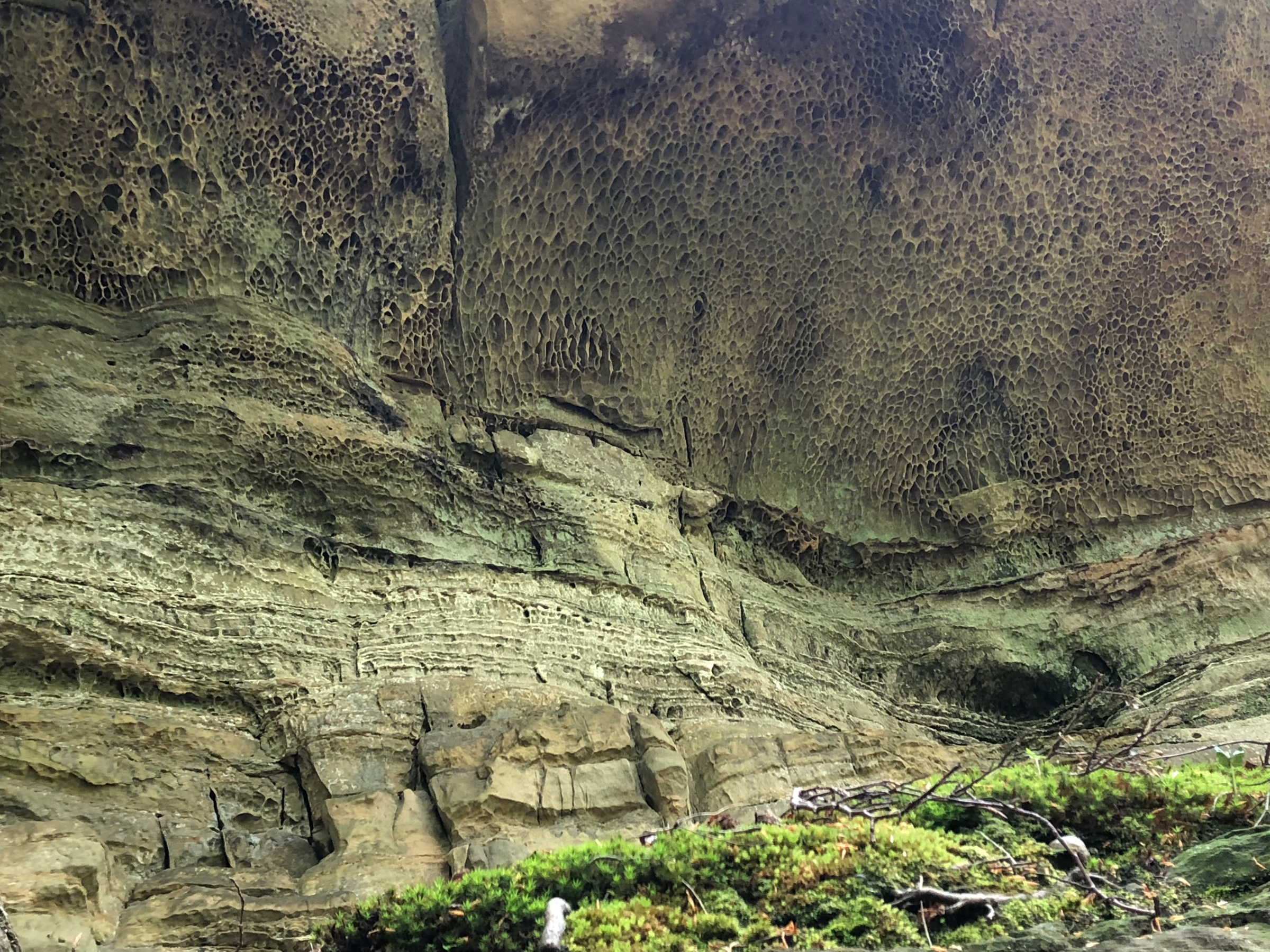
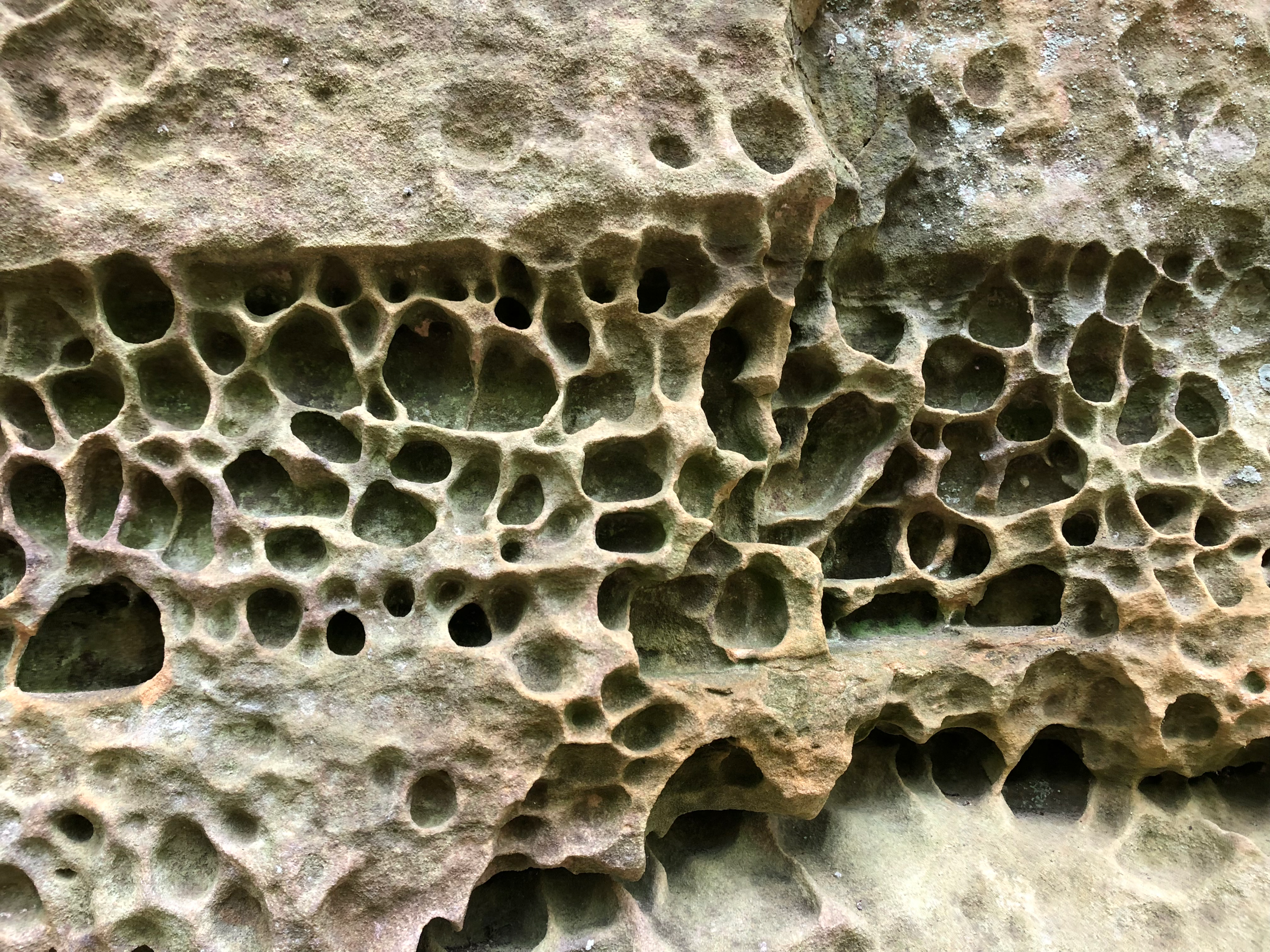
With all the fantastic things I had just experienced over the past three weeks in The Netherlands, Belgium and Luxembourg, I paused under these mammoth, awe-inducing sandstone wonders and pondered why so many backpackers, outside the party crowd headed for Amsterdam, turn their noses up at coming to the Benelux countries. I think so many wrongly assume that all of Western Europe has been so thoroughly traveled and explored that there is no longer any sort of adventure or “edge” left to the region. There’s still a thrill and element of the unknown when visiting Niger or Tajikistan, but Luxembourg can only be safe and boring, right? You don’t earn any “cool points” for visiting the Benelux nations; I think people are afraid of coming off as “lame” if they admit they had a good time here.
Well, let me be the lamest person ever then, because I loved it here. Once I got out of my head that I was “only” traveling to Western Europe, I realized there was still so much to embrace and discover about the region. There is a very strong tourist trail in these countries, but what I found is that the vast majority of people never venture off this set trail. I saw wild parakeets in Amsterdam’s Oosterpark, experienced some of the most thrilling contemporary art at KANAL (in a former car factory!) in Brussels and now was stuffing myself with out-of-this-world cheese under something called a Buddelerkummer. How much more adventure does one person need?
Backpackers like to kvetch about how the media so inaccurately portrays certain areas of the world, and I’m right there with them, but what about the stereotypes that come from within the backpacking community? There can be a real stigma about traveling to popular places like Amsterdam and Luxembourg City- which of course can be remedied by dumping on them every chance you get- but to come out and proclaim that you actually liked them and had a good time? That can be hostel-breakfast-table suicide right there. But this nonsense needs to stop. I love Honduras and Togo and Azerbaijan, but I too love The Netherlands, Belgium and Luxembourg.
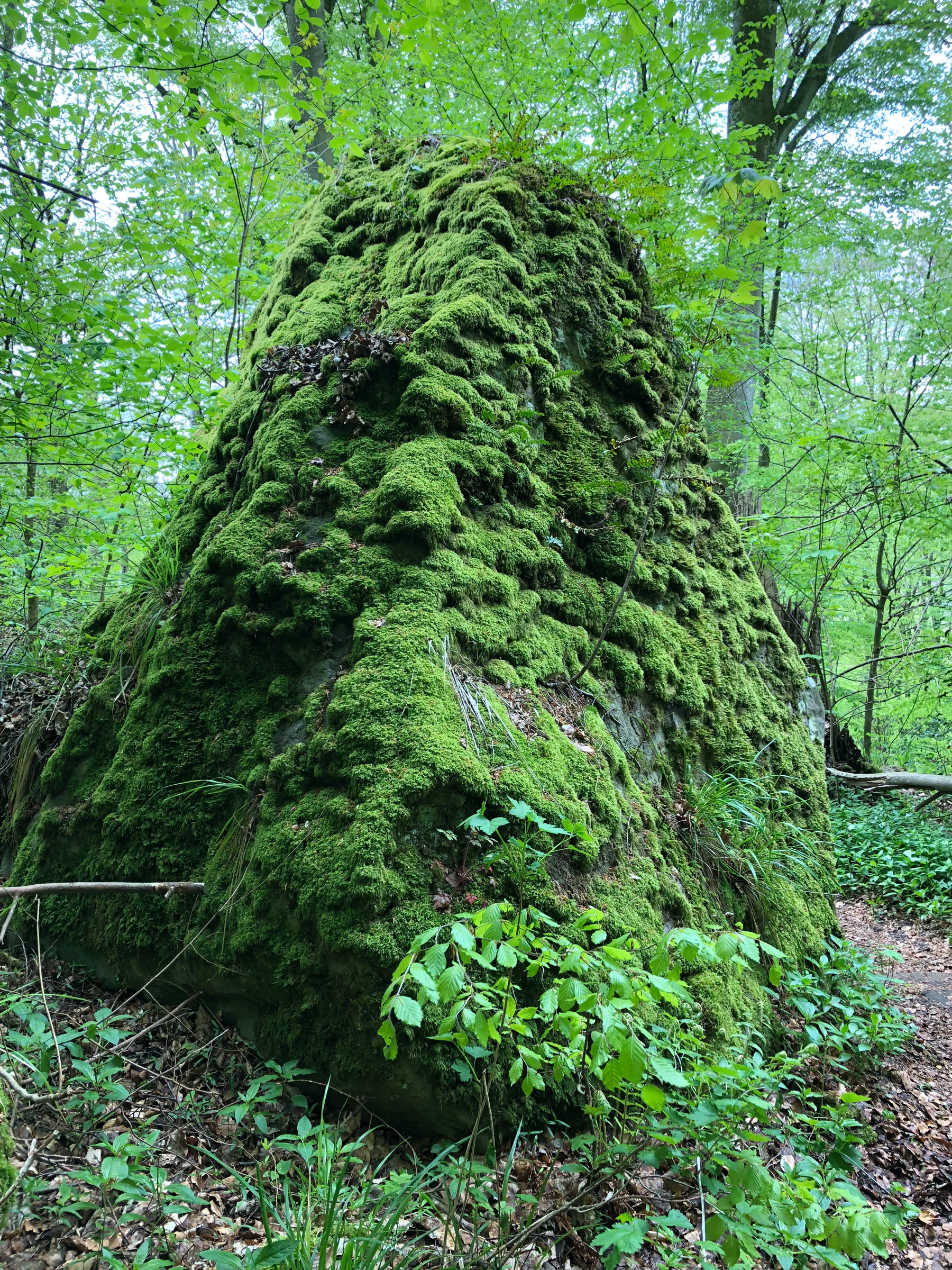
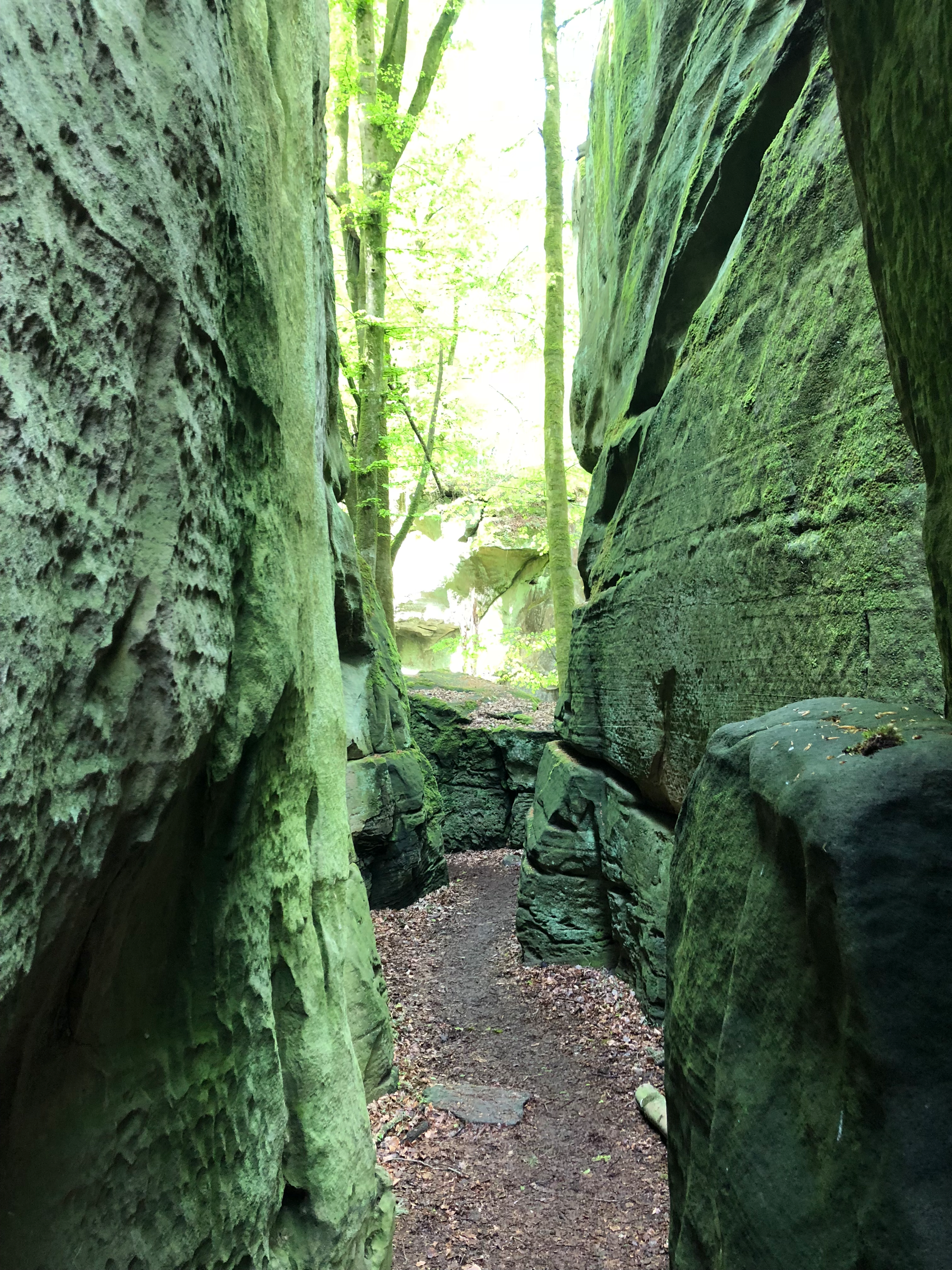
My detour finally gave way to a paved road that meandered through sun-soaked fields, leading me into Consdorf. Making Echternach feel like a metropolis, Consdorf’s mere 2000 residents barely mark it as a speck on the map, but this little hamlet was anything but sleepy. First of all, a bike path laid down on an abandoned railway track connects Consdorf with Luxembourg, attracting a steady stream of cyclists whizzing through the streets. Secondly, if Berdorf heralds its cheeses, everyone told me I had to stop at the Jeitz Sàrl bakery to pick up a pastry or two (ok, fine it was four, are you happy now?).
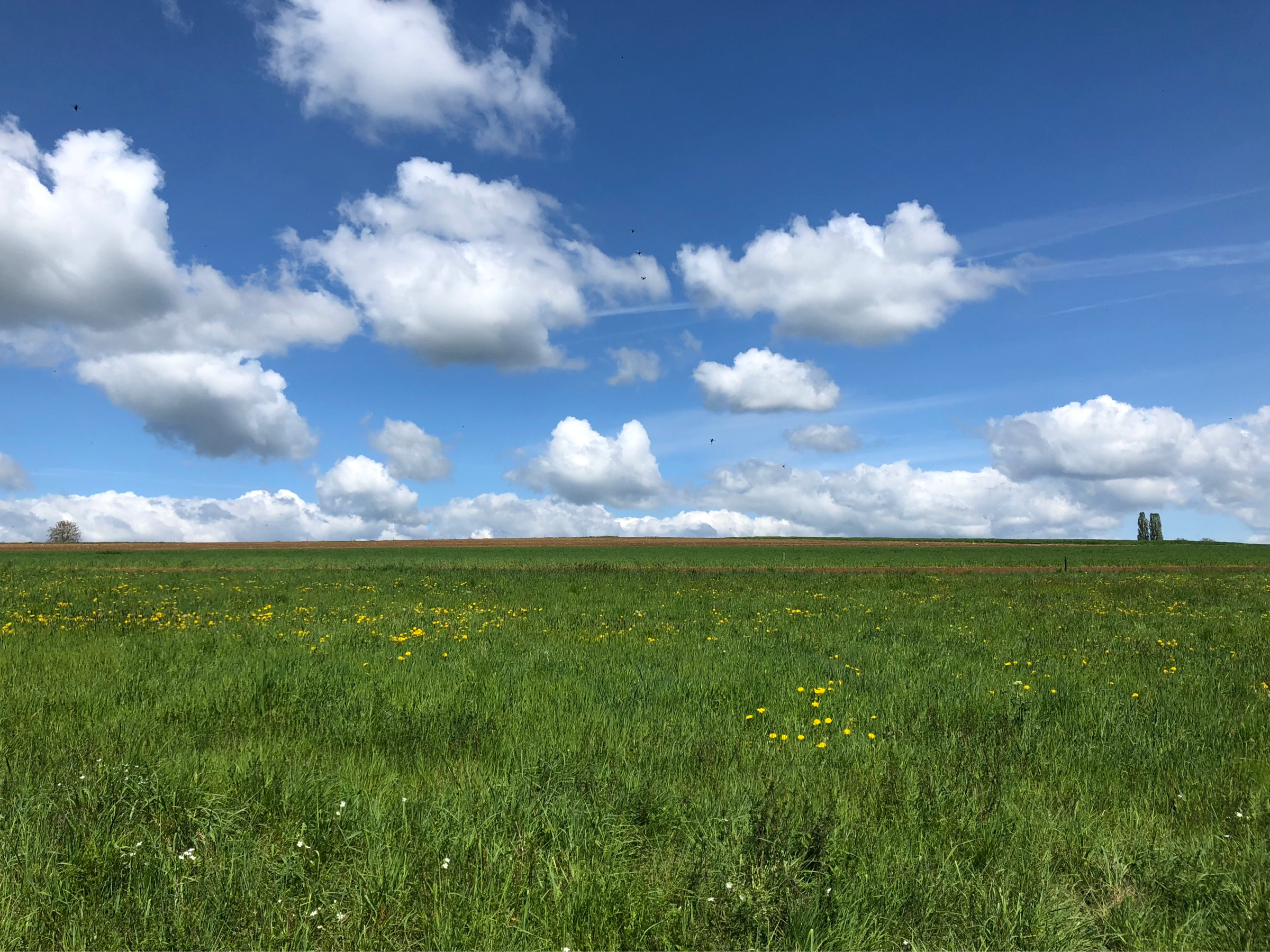
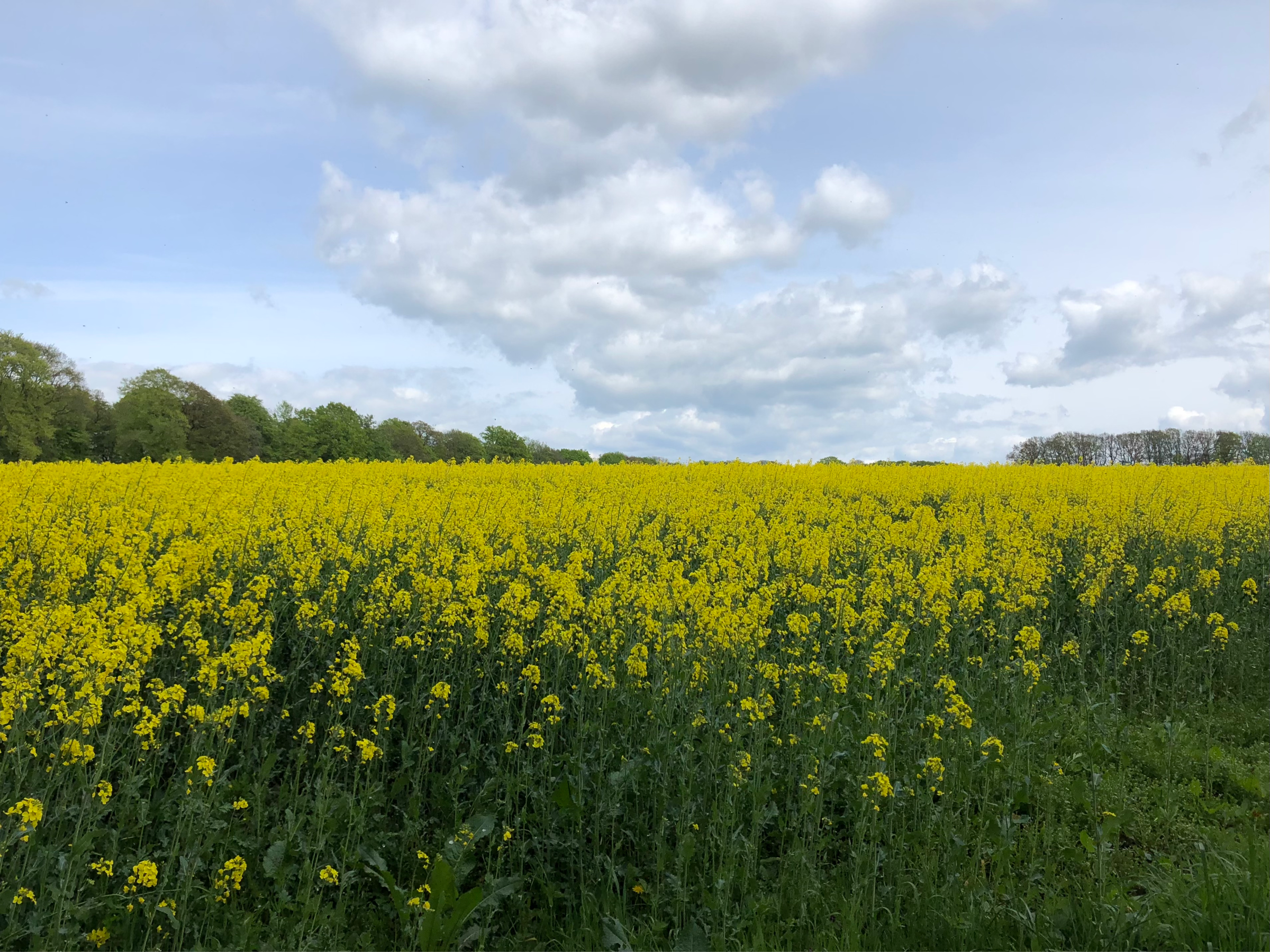
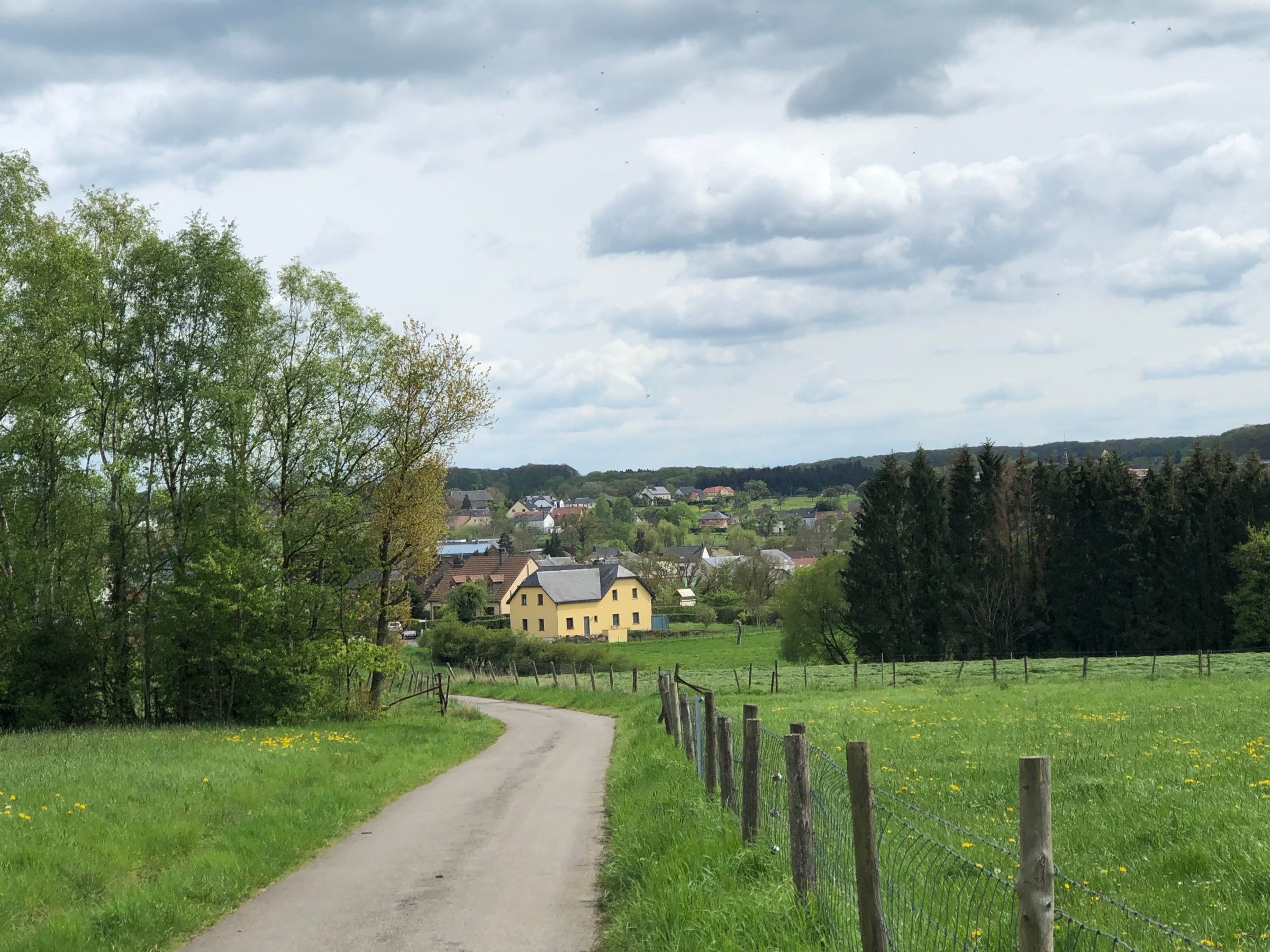
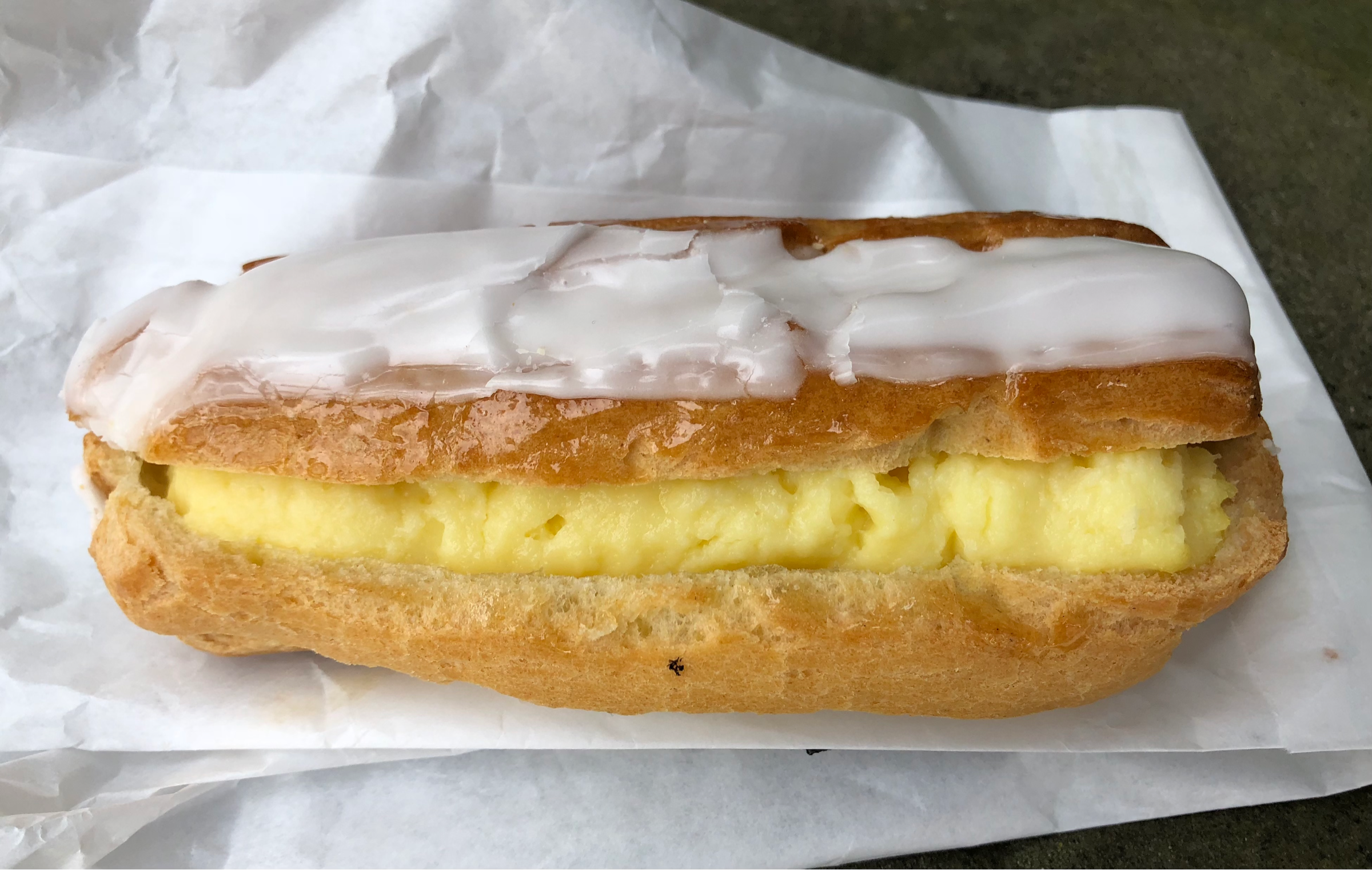
Perhaps I got too worked up before. I didn’t need to prove anything to anyone or convince anyone of anything. My journey is my own and the real lesson here isn’t to worry about what other backpackers think about the Benelux countries, but rather to celebrate my enjoyment of these three capitals and the greater understanding of the world that they brought me. This isn’t to say that I’ve given up spreading the word that these are worthwhile destinations; I certainly will continue singing their praises. I just won’t allow the opinions of others to close off my mind and deprive me from experiencing each location on its own terms. My only regret is I didn’t go back for just one more pastry.
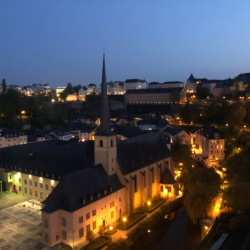
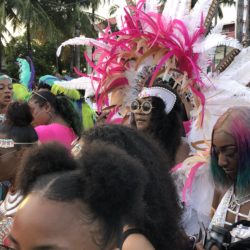
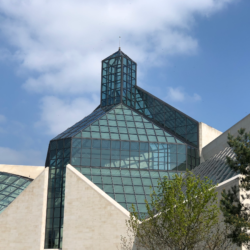
L’histoire nous aide à connaître les choses du passé c’est très cool
Merci bcp, mon frère.